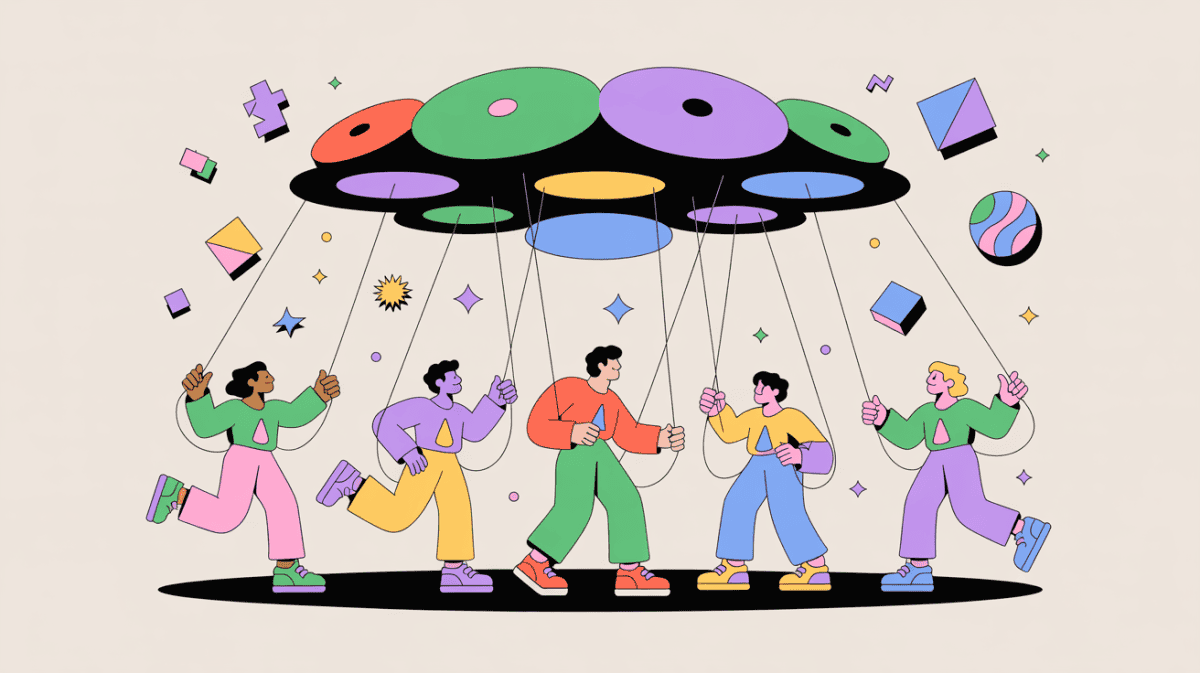The Rise of Engagement-Obsessed Algorithms
AI design assistants promise efficiency—automated layout generators like Adobe Sensei or Framer’s AI tools can churn out interfaces in seconds. But their training data often prioritizes corporate success metrics: click-through rates, session durations, and conversion goals.
Recent studies reveal alarming patterns:
- Cookie consent dialogs: designed by AI tools are 3x more likely to hide “reject all” options (UIGuard, 2024)
- Infinite scroll features: persist in 89% of AI-generated mobile layouts despite known addiction risks
- Color contrast ratios: fail accessibility standards in 41% of automated designs while maximizing “attention heatmaps”
The 2024 Dark Patterns in AI report found that 67% of designers felt pressured to implement AI-recommended layouts that “felt manipulative but tested well.”
How Automation Prioritizes Metrics Over Humanity
AI layout systems employ dangerous psychological tactics:
- Variable Reward Loops: Generated interfaces randomize button placements/colors to trigger dopamine-driven clicks (modeled after casino slot machines)
- False Urgency Engineering: Automated tools insert countdown timers and “limited stock” badges 23% more frequently than human designers
- Compliance Gradients: Machine learning models progressively hide opt-out options across user journeys—a tactic called “consent erosion”
The consequences are measurable:
- E-commerce sites using AI layouts see 19% higher cart abandonment from decision fatigue
- Mental health apps with engagement-optimized UIs report 34% increased user anxiety
Reclaiming Ethical Design in the AI Era
Three strategies for human-centered automation:
- Audit AI Outputs with Dark Pattern Detectors: Tools like UIGuard and DarkDialogs scan layouts for manipulative elements. The EU’s AI Act now mandates these checks for consumer apps.
- Retrain Models on Wellbeing Metrics: Pioneers like CX Fusion use “ethical profit margins”—capping engagement tactics to 30% of revenue.
3. Implement Consent-Preserving Architecture
- Transparency Layers: Expose algorithmic intent (e.g., “This button color tested 22% better for clicks”)
- Granular Control: Let users reset AI-personalized layouts
- Friction Zones: Build mandatory pause points in infinite scroll


Leave a Reply